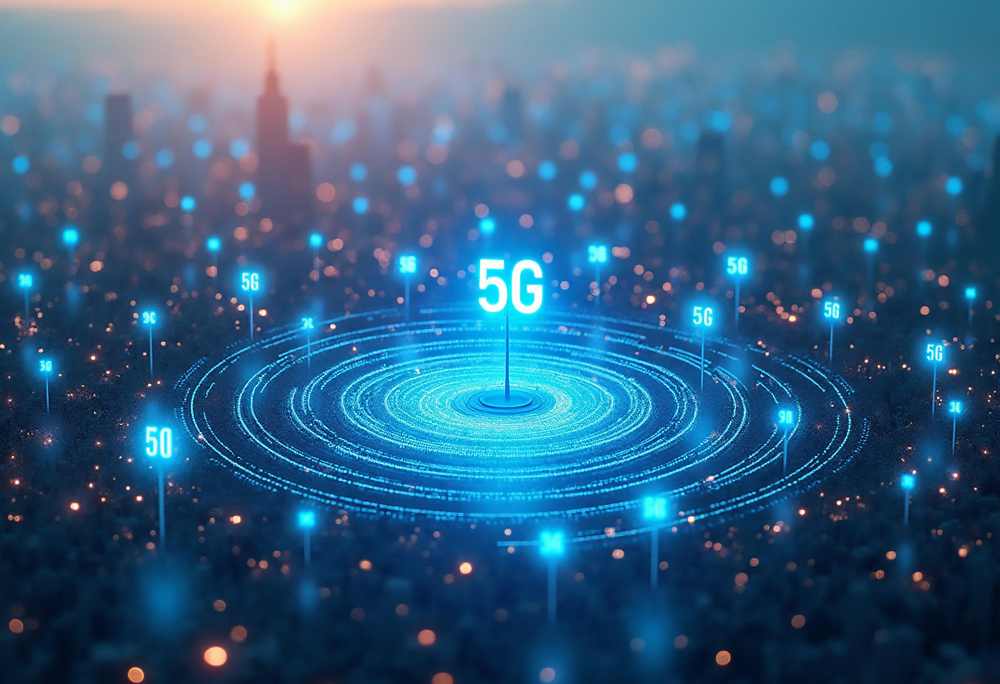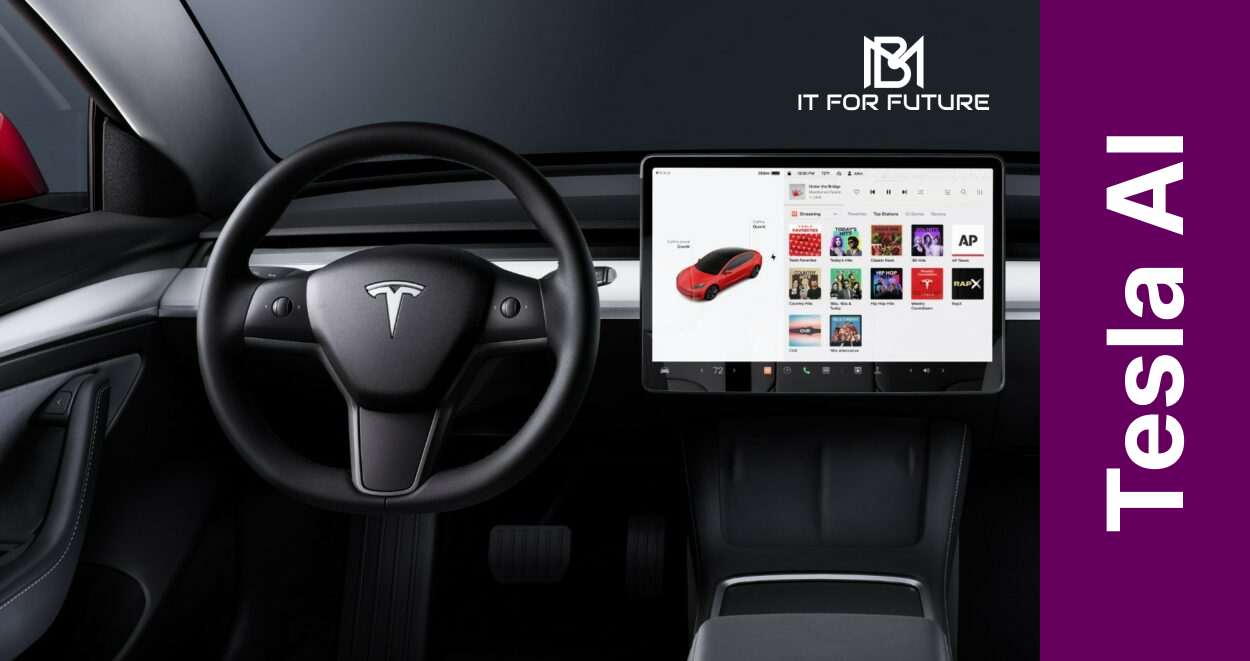5G, or fifth-generation wireless technology, is the latest advancement in mobile network technology. It builds upon previous generations (2G, 3G, and 4G) by offering higher speeds, lower latency, and greater capacity. 5G networks are designed to handle a massive number of connected devices and support a wide range of applications, from high-definition streaming to real-time communication.
From smart home devices to industrial automation, IoT has significantly impacted various sectors, enabling a new level of connectivity and efficiency. At the forefront of this transformation is 5G technology, which promises to revolutionize IoT by offering unprecedented speed, capacity, and reliability. In this blog, we’ll explore how 5G is transforming the IoT landscape and what this means for the future of connected devices.
Key features of 5G include:
- Enhanced Speed: 5G offers download speeds up to 100 times faster than 4G, enabling quicker data transfer and more responsive applications.
- Low Latency: 5G reduces latency to as low as 1 millisecond, compared to 30-50 milliseconds with 4G. This low latency is crucial for real-time communication and applications that require instant responses.
- Increased Capacity: 5G can support a significantly higher number of devices per square kilometer, making it ideal for dense urban environments and IoT networks.
- Improved Reliability: 5G provides a more stable and reliable connection, which is essential for mission-critical applications and services.
The Impact of 5G on IoT
- Enhanced Connectivity and Scalability One of the most significant impacts of 5G on IoT is its ability to support a massive number of connected devices. As IoT continues to expand, with billions of devices expected to be connected globally, 5G’s increased capacity and efficiency will be crucial. This enhanced connectivity will enable more devices to communicate simultaneously without congestion, making it possible to scale IoT networks to unprecedented levels.
- Real-Time Data Processing 5G’s low latency is a game-changer for applications that rely on real-time data processing. In sectors like autonomous vehicles, smart cities, and industrial automation, the ability to process data in real-time is critical. For instance, autonomous vehicles require instantaneous communication with their surroundings to make split-second decisions. With 5G, the lag between data transmission and response is minimized, leading to safer and more efficient autonomous systems.
- Advanced Industrial Automation In industrial settings, 5G will drive the next wave of automation by enabling more sophisticated and reliable systems. Smart factories will benefit from 5G’s high speeds and low latency, allowing for real-time monitoring and control of machinery. This capability will lead to increased efficiency, reduced downtime, and improved safety through advanced predictive maintenance and automated processes.
- Enhanced Smart City Solutions 5G will play a crucial role in the development of smart cities by providing the infrastructure needed for various IoT applications. Enhanced connectivity will support smart grids, intelligent transportation systems, and improved public safety solutions. For example, smart traffic lights that adjust based on real-time traffic conditions can reduce congestion and improve urban mobility. Additionally, 5G will enable better environmental monitoring, such as air quality sensors and waste management systems.
- Improved Healthcare Solutions The healthcare sector stands to benefit significantly from 5G technology. Telemedicine, remote patient monitoring, and advanced medical devices will become more effective with 5G’s low latency and high reliability. Real-time remote consultations and data streaming from medical devices will enhance patient care and allow for timely interventions. Additionally, 5G will support the development of wearable health devices that provide continuous monitoring and early detection of health issues.
- Enhanced Consumer Experiences For consumers, 5G will enhance the experience of IoT-enabled devices, such as smart home systems, augmented reality (AR), and virtual reality (VR). High-speed connectivity will enable seamless streaming of high-definition content and more immersive AR/VR experiences. Smart home devices, such as security systems and voice assistants, will become more responsive and integrated, providing users with greater control and convenience.
Infrastructure and Deployment: The rollout of 5G networks requires significant investment in infrastructure, including new cell towers and advanced equipment. Ensuring widespread coverage and addressing infrastructure challenges will be critical for realizing the full benefits of 5G.
- Security and Privacy: The expansion of IoT devices and increased connectivity raise concerns about security and privacy. Ensuring robust security measures and data protection will be essential to safeguard against potential vulnerabilities and cyber threats.
- Cost: The cost of implementing 5G technology and upgrading existing systems can be substantial. Organizations and governments must consider the financial implications and plan accordingly to maximize the benefits of 5G.
- Regulatory and Standardization Issues: The development and deployment of 5G technology involve regulatory and standardization challenges. Ensuring that standards are in place and regulations are followed will be important for the successful integration of 5G into IoT ecosystems.
Conclusion
5G technology represents a significant leap forward in connectivity, with the potential to transform the Internet of Things in profound ways. By offering enhanced speed, low latency, and increased capacity, 5G will enable a new generation of IoT applications and services. From smart cities and industrial automation to healthcare and consumer experiences, the impact of 5G on IoT is vast and far-reaching.
As 5G networks continue to roll out and IoT adoption grows, addressing the associated challenges will be crucial for maximizing the benefits of this technology. With careful planning and strategic implementation, 5G has the potential to unlock new opportunities and drive innovation across various sectors, shaping the future of connectivity and the Internet of Things.




